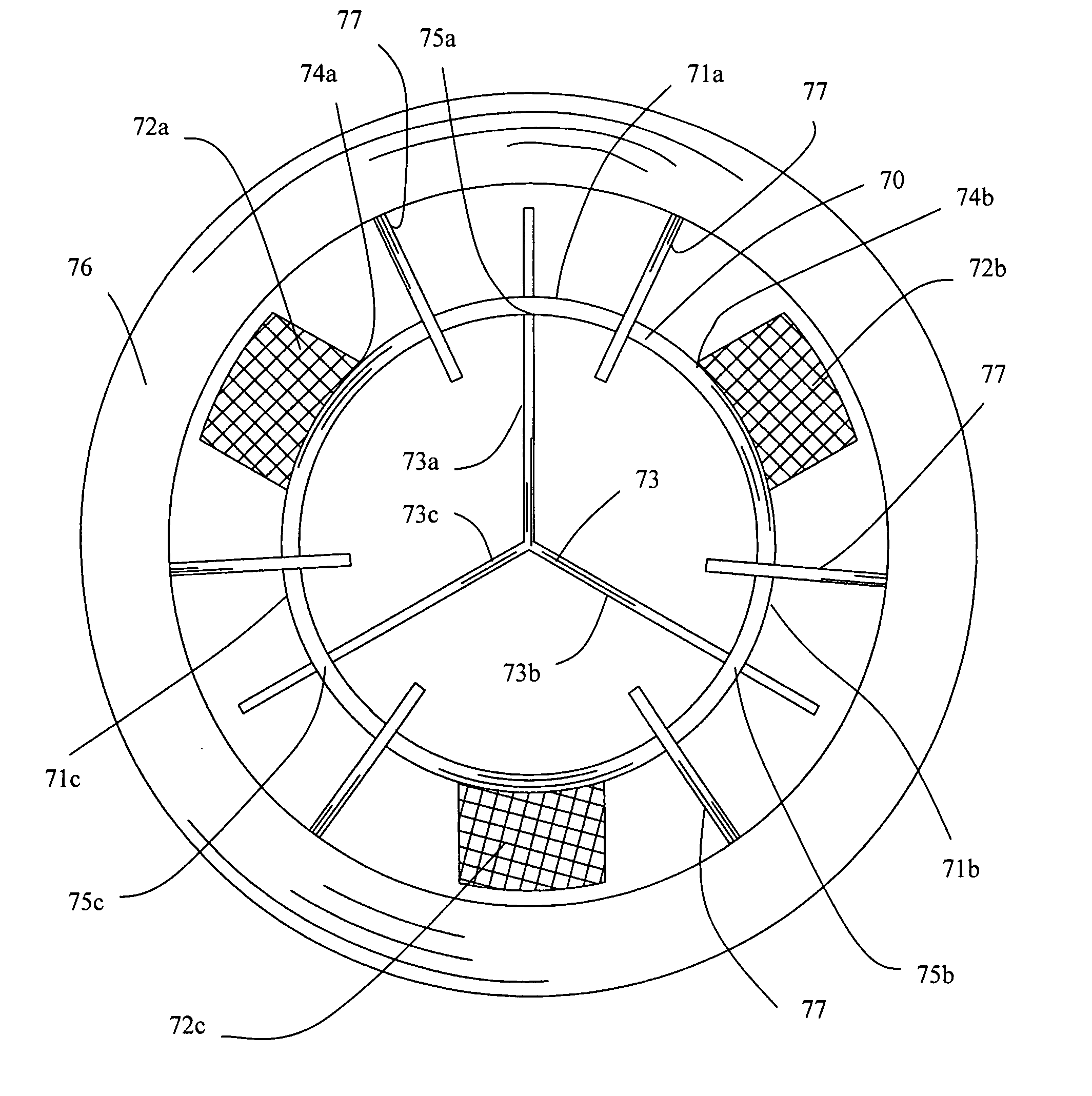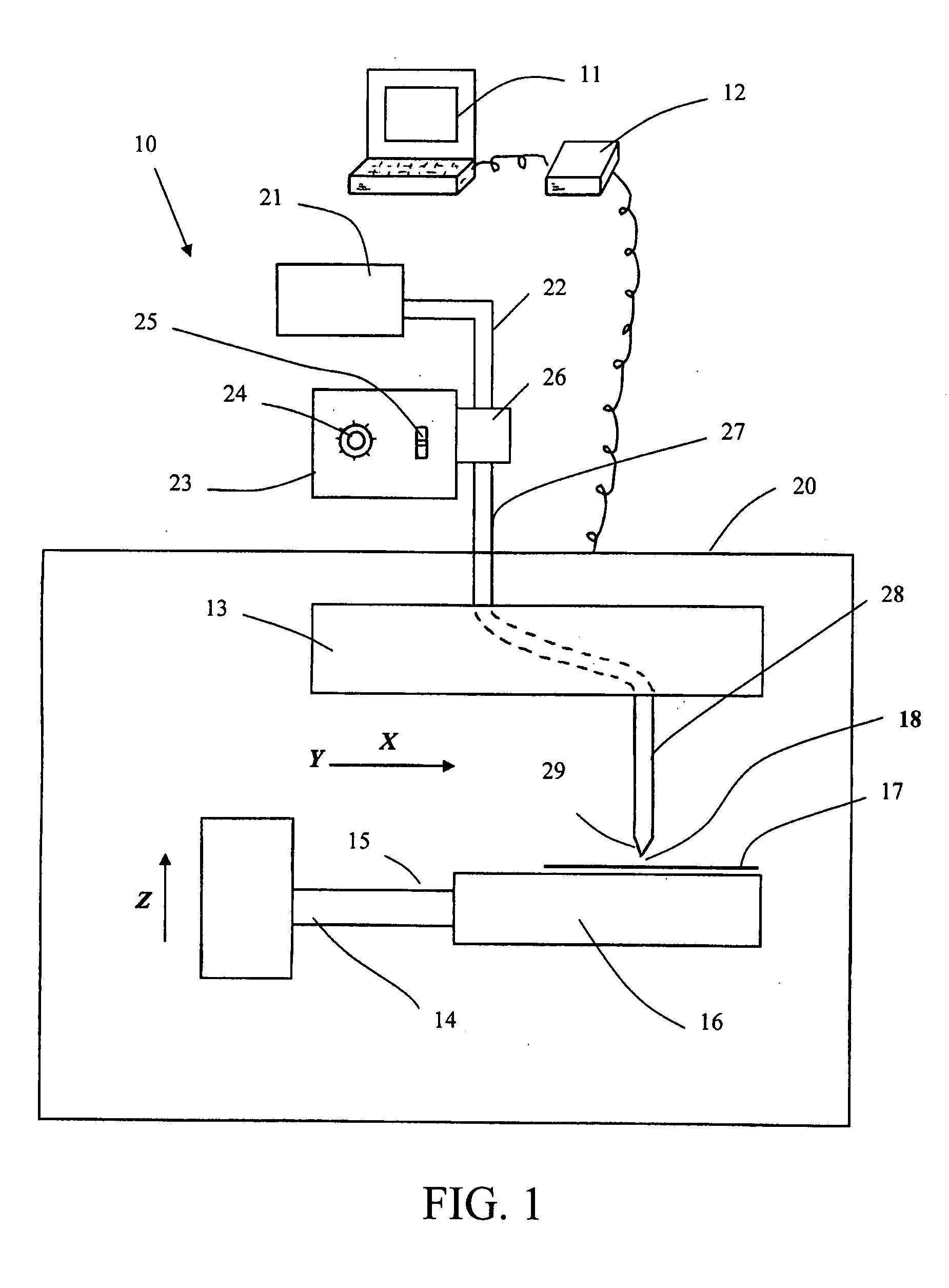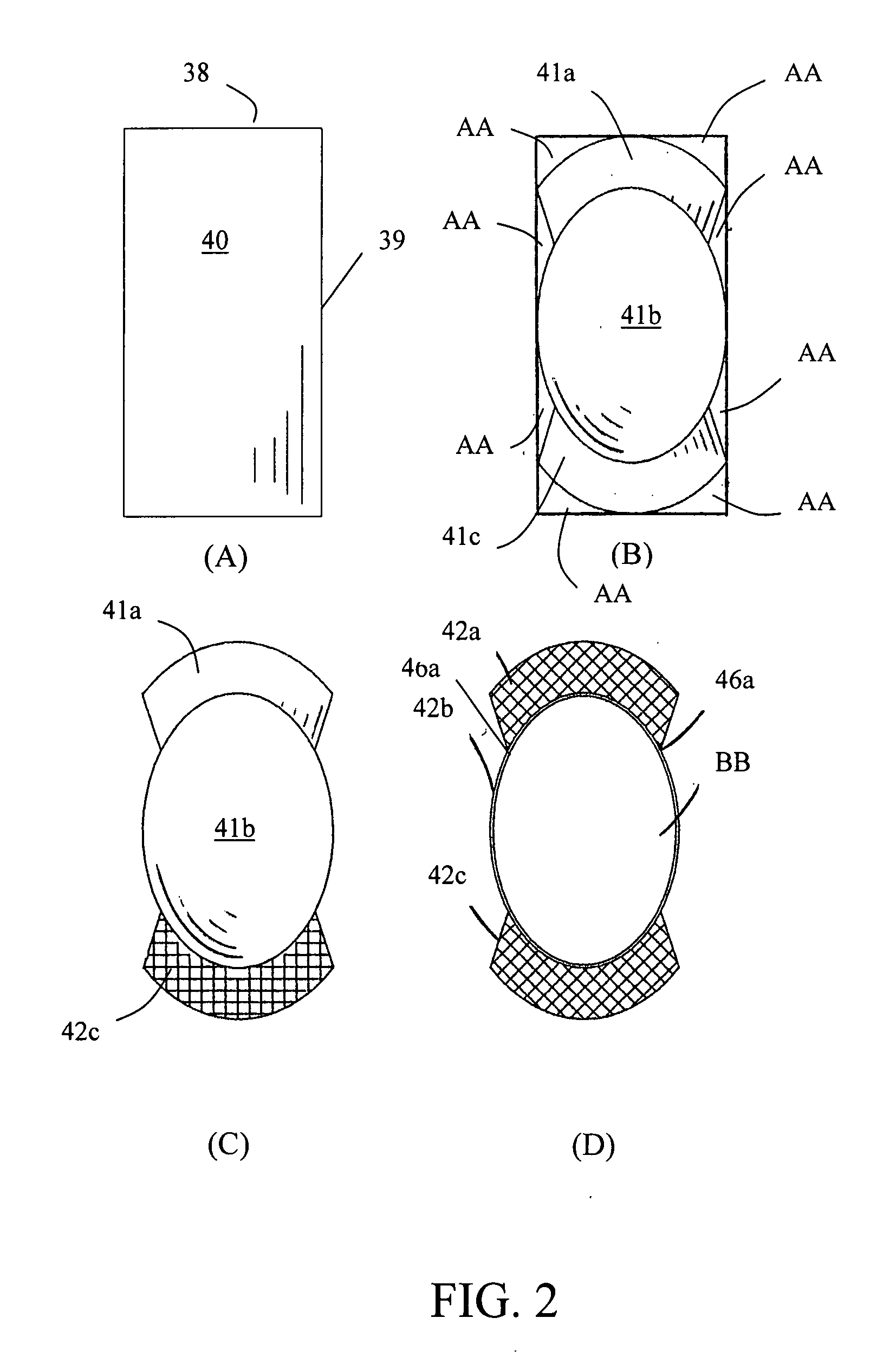Self-expanding valve for the venous system
a venous system and self-expanding technology, applied in the field of self-expanding valves, can solve the problems of varicose veins, blood stagnation, damage to more distal valves, etc., and achieve the effects of removing solubilized cell membranes
- Summary
- Abstract
- Description
- Claims
- Application Information
AI Technical Summary
Benefits of technology
Problems solved by technology
Method used
Image
Examples
Embodiment Construction
[0053]The following detailed description is of the best presently contemplated modes of carrying out the invention. This description is not to be taken in a limiting sense, but is made merely for the purposes of illustrating general principles of embodiments of the invention.
[0054]A “tissue” or “tissue material” refers to a material of biological tissue origin that might be decellularized and crosslinked to form or used in a medical device. A tissue sheet, such as a pericardial sheet, is in a sub-group of tissue material (including sheet form and non-sheet form).
[0055]An “implant” refers to a medical device which is inserted into, or grafted onto, bodily tissue to remain for a period of time, such as an extended-release drug delivery device, tissue valve, replacement venous valve, drug-eluting stent, vascular graft, wound healing or skin graft, orthopedic prosthesis, such as bone, ligament, tendon, cartilage, and muscle.
[0056]A “decellularization process” is meant to indicate the pr...
PUM
 Login to View More
Login to View More Abstract
Description
Claims
Application Information
 Login to View More
Login to View More - R&D
- Intellectual Property
- Life Sciences
- Materials
- Tech Scout
- Unparalleled Data Quality
- Higher Quality Content
- 60% Fewer Hallucinations
Browse by: Latest US Patents, China's latest patents, Technical Efficacy Thesaurus, Application Domain, Technology Topic, Popular Technical Reports.
© 2025 PatSnap. All rights reserved.Legal|Privacy policy|Modern Slavery Act Transparency Statement|Sitemap|About US| Contact US: help@patsnap.com



